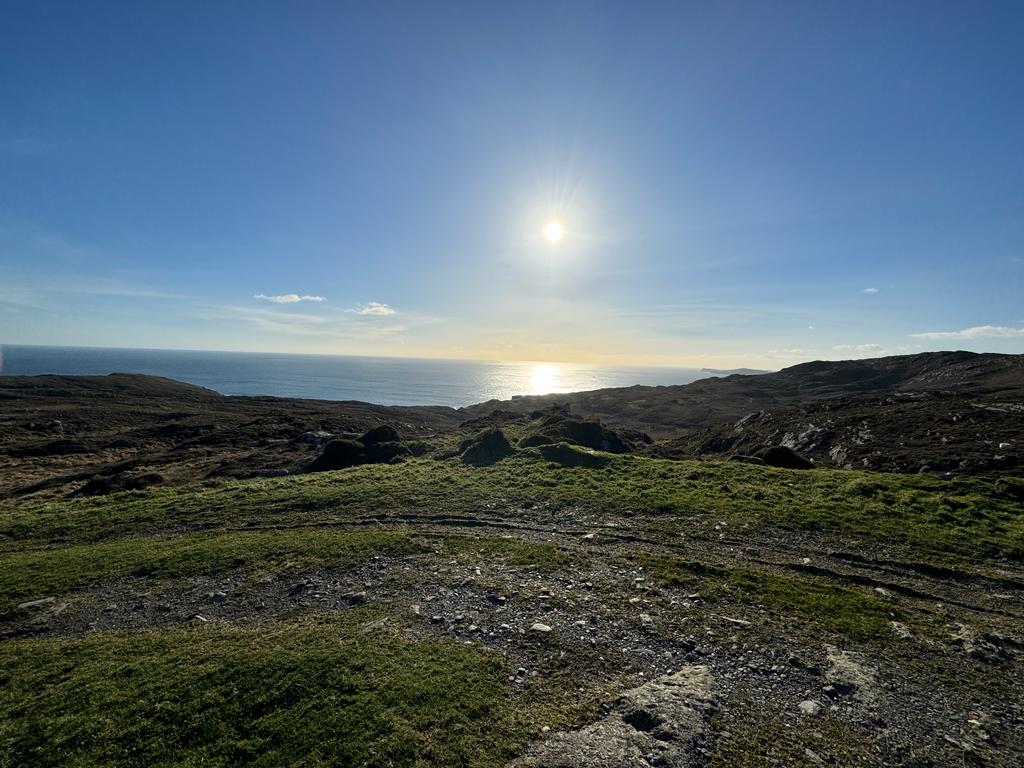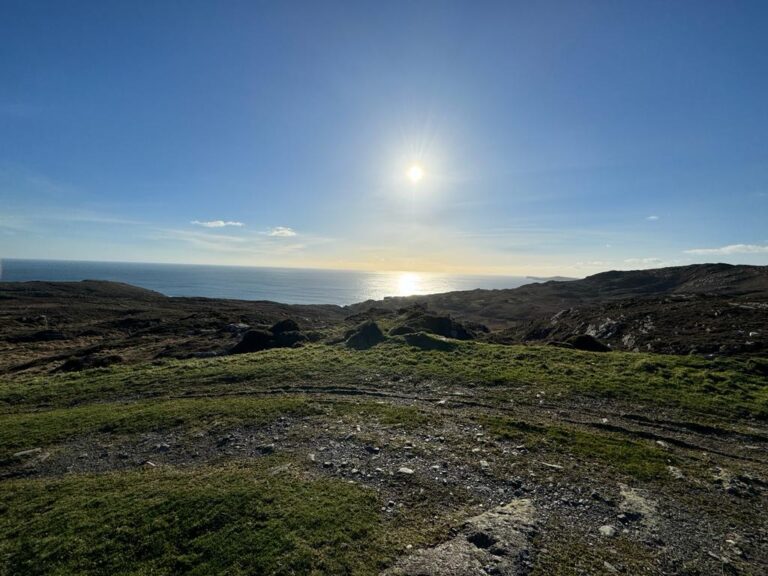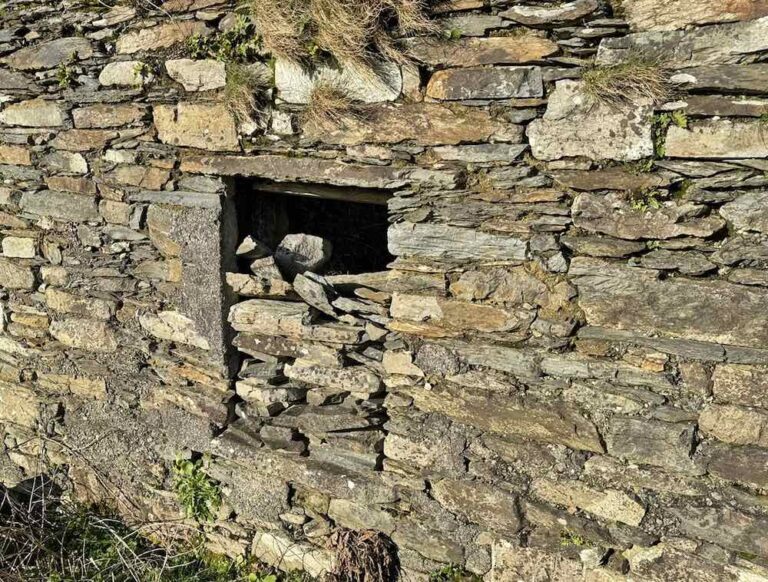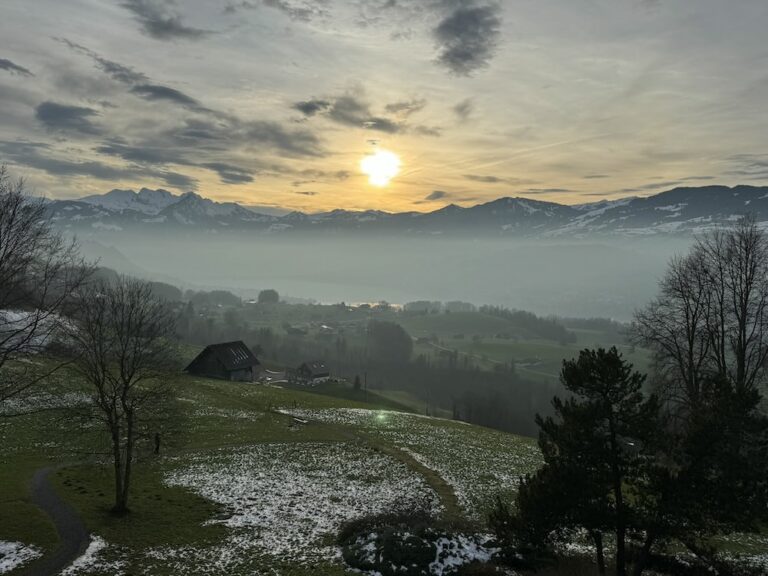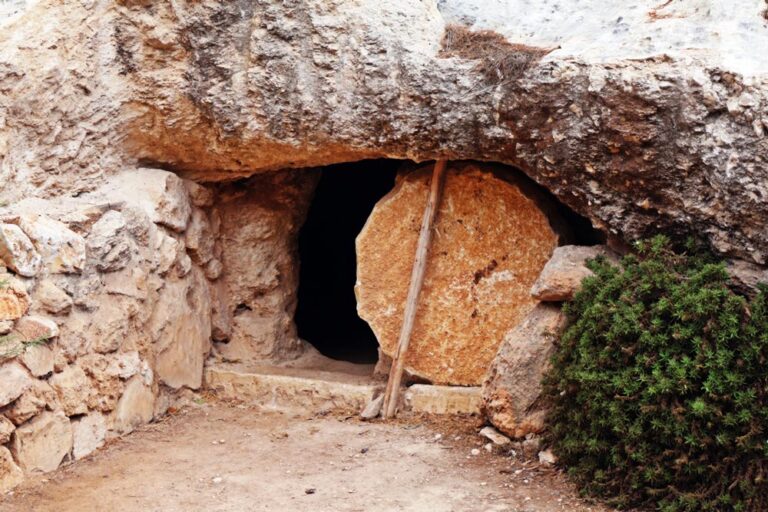Sexta-Feira da Terceira Semana da Quaresma
Recentemente um amigo me ofereceu uma “terapia energética”. Eu não entendia a teoria mas confiei e a prática foi efetiva. A atmosfera estava calma, eu me deitei e fui coberto por uma manta quente. Ao longo de uma hora, me senti cada vez mais relaxado e em paz. Minha respiração ficou mais lenta e minha mente se acalmou com isso. Eu estava curioso e tão distraído sobre o processo e, portanto, apesar de estar relaxado, não foi particularmente propício à meditação. A pessoa que estava realizando o tratamento me disse que adormeci; na verdade, eu não tinha dormido, mas a minha respiração pode ter dado a impressão de que sim e eu certamente estava na deliciosa fronteira de um sono sem culpa. De qualquer forma, me senti melhor, bem, relaxado e renovado e agradecido pelo presente e pela técnica que eu havia recebido. Eu entendi porque muito da promoção do que às vezes é chamado de forma ampla como meditação e várias outras técnicas corporais é apresentado como relaxamento. O relaxamento é bom. Em um mundo onde ganância e velocidade também são chamados de “bons”, relaxamento, não importa como você o tenha, é melhor.
Ontem à noite, eu participei de uma Eucaristia contemplativa na incrível Paróquia da Ascensão em Balally, Dublin, na Irlanda. Ela é liderada pelo Padre Jim Caffrey que é um praticante de meditação, muito respeitado e amado por sua visão de uma nova Igreja na Irlanda. Os paroquianos estão respondendo de forma positiva ao que ele tem para compartilhar; todo dia de manhã e à noite na bonita Capela do Ícone acontece uma oração, seguindo o Livro de Orações de Bonnevaux, que integra uma meditação completa. As crianças da escola ao lado meditam e – vendo elas entrarem na igreja para a sua meditação semanal com o Padre Jim, tão calmas e presentes, é surpreendentemente emocionante e bonito. A Eucaristia contemplativa, no salão paroquial pouco iluminado, com todos sentados em um círculo, é calmo e nos deixa presentes no momento, com uma leitura do Evangelho similar à lectio divina na qual a maior parte dos participantes pode compartilhar um pouco. A prática da meditação é realizada após a comunhão
Eu fiquei fortemente impactado pela profundidade do silêncio e da quietude durante a meditação, bem como pela alegria e pelo calor humano das pessoas quando estavam indo embora. As despedidas na Irlanda são conhecidamente demoradas, mas neste caso o motivo é que todos tinham muito a expressar e a despedida era parte da celebração. Todos estavam levando algo precioso e verdadeiro consigo.
Estou pensando agora nestas diferentes formas de relaxamento – a terapia energética e uma Eucaristia celebrada de forma suave com uma comunidade de fé aberta e receptiva. Debaixo da minha manta aquecida na terapia energética, eu estava passivo e eu me senti bem. Na noite passada eu estava participando e a calma que Nós estávamos compartilhando era ao mesmo tempo coletiva e pessoal – algo que a igreja em seu início chamava de koinonia. Hoje, em nosso mundo desconfiado, isso poderia ser chamado de um “espaço seguro”. É uma amizade em um nível mais alto. Certamente também era relaxante, mas a ideia de apenas desestressar e relaxar não faria justiça. Se o objetivo é apenas relaxar, você vai adormecer (e talvez você precise). Mas quando o relaxamento é a preparação para o efeito colateral da koinonia, um despertar ocorre.
Uma Eucaristia contemplativa e a própria meditação poderiam ser vistas como uma outra forma de terapia energética: a energia da paz interpessoal.
Deixo a paz a vocês; a minha paz dou a vocês. Não a dou como o mundo a dá. Não se perturbe o seu coração, nem tenham medo. (Jo 14:27)
Texto original
Friday Third Week of Lent
A friend recently offered me an ‘energy treatment’. I didn’t understand the theory but I trusted and the practice was effective. The atmosphere was calm, I lay down and was covered in a warm blanket. In the course of the hour, I felt increasingly relaxed and peaceful. My breathing slowed and mind slowed with it. I was curious and so distracted about the process and so despite being relaxing it was not particularly conducive to meditation. The person working on me told me I had fallen asleep; in fact I hadn’t although my breath might have given that impression and I was certainly on the delicious edge of guiltless sleep. In any case, I felt better, nice, relaxed and refreshed and grateful for the gift and skill I had received. I understood why so much of the promotion of what is sometimes loosely called meditation and various bodywork techniques is presented as offering relaxation. Relaxation is good. In a world where greed and speed are also called ‘good’, relaxation, however you may find it, is better.
Yesterday evening, I participated in a contemplative Eucharist in the remarkable Dublin Parish of the Ascension in Balally. It is led by Fr Jim Caffrey who is a meditator, much respected and loved for his vision of a new church in Ireland. The parishioners are responding positively to what he has to share; each morning and evening in the beautiful Icon Chapel there is prayer, following the Bonnevaux Book of Prayer, which integrates a full meditation. The children in the school next door meditate and seeing them enter the church for their weekly meditation with Fr Jim, so calmly and mindfully, is surprisingly moving and beautiful. The contemplative Eucharist, in the low-lit parish hall with everyone seated in a circle, is calm and mindful, with a lectio-style reading of the gospel in which most of the participants offer a word of their own. Meditation follows communion.
I was strongly touched by the depth of the silence and stillness during the meditation as well as by the joy and personal warmth of the people as they were leaving. Irish goodbyes are notoriously extended but this one was because they had so much to express and the goodbye was part of the celebration. Everyone was taking something precious and real away within them.
I’m thinking now about these different forms of relaxation – the energy-work and a Eucharist celebrated gently with an open and accepting community of faith. Under my warm blanket for the former experience, I was passive and I felt good. Last night I was participating and the calmness We were sharing was collective as well as personal – what the early church called koinonia. Today, in our suspicious world, it might be called a ‘safe space’. It is friendship of a high order. Relaxing it certainly was, but the idea just of destressing and relaxing doesn’t nearly do it justice. If the goal is merely relaxation, you will fall asleep (and you may need to). But when relaxation is the preparation or the side-effect of koinonia an awakening occurs.
A contemplative Eucharist and meditation itself could be seen as another form of energy work: the energy of inter-personal peace.
Peace is my parting gift to you, my own peace, such as the world cannot give (Jn 14:27)

